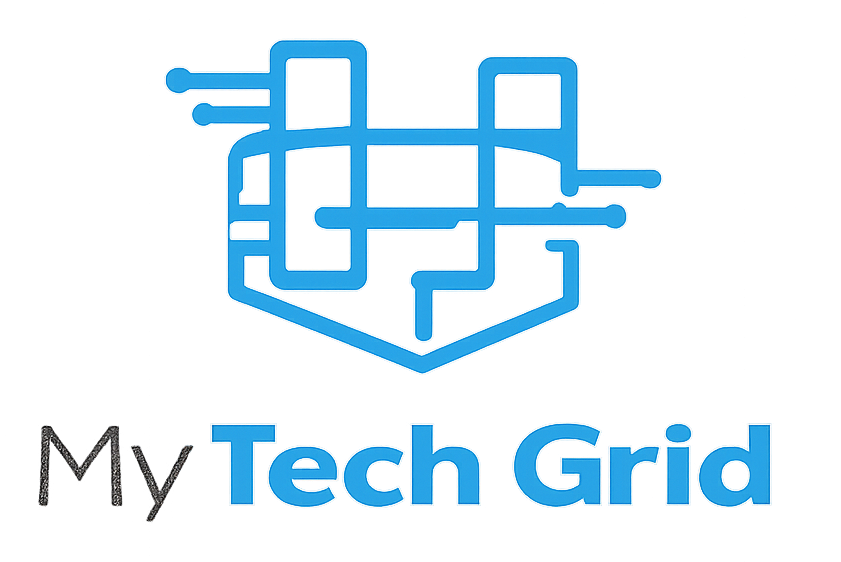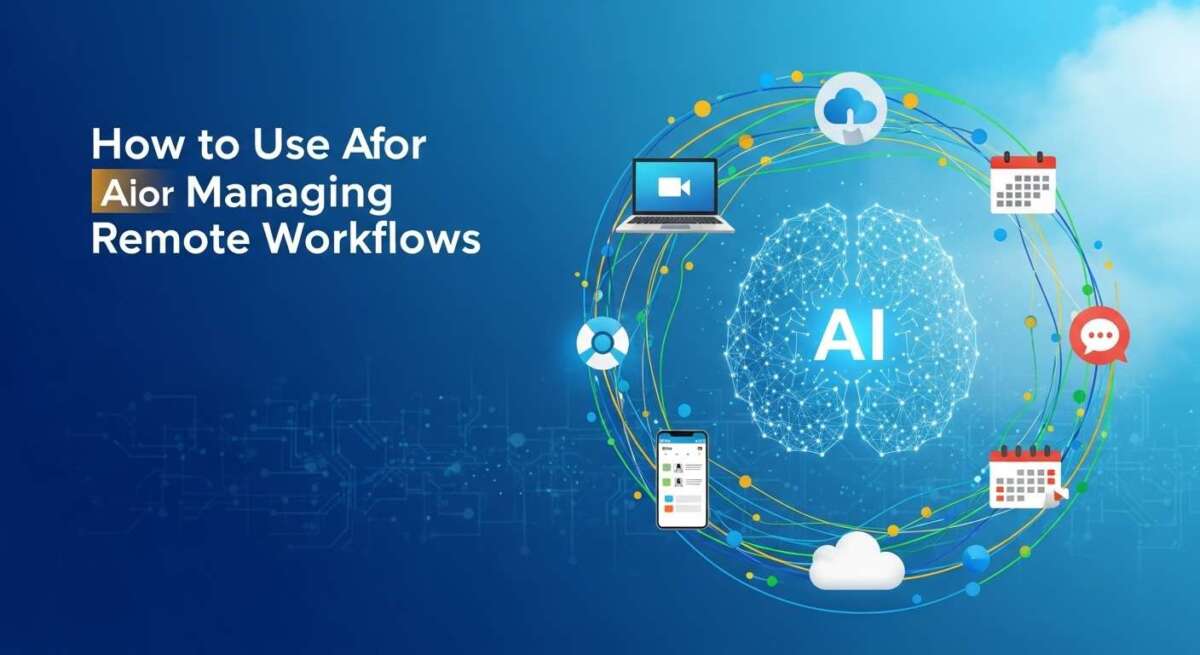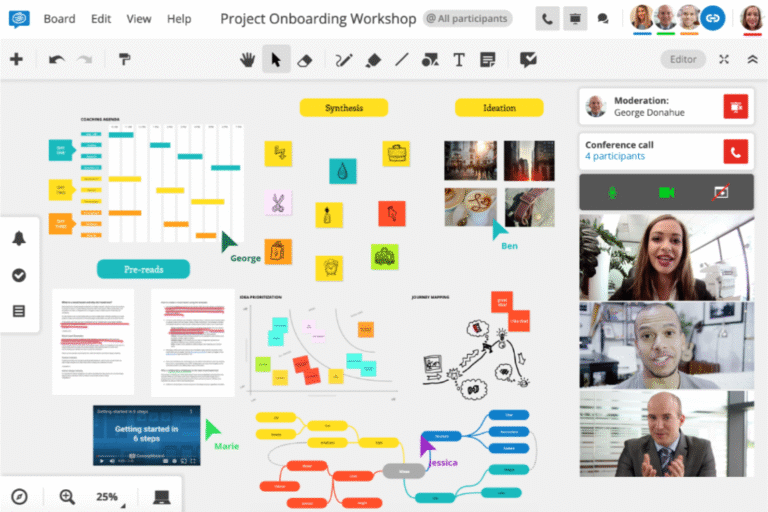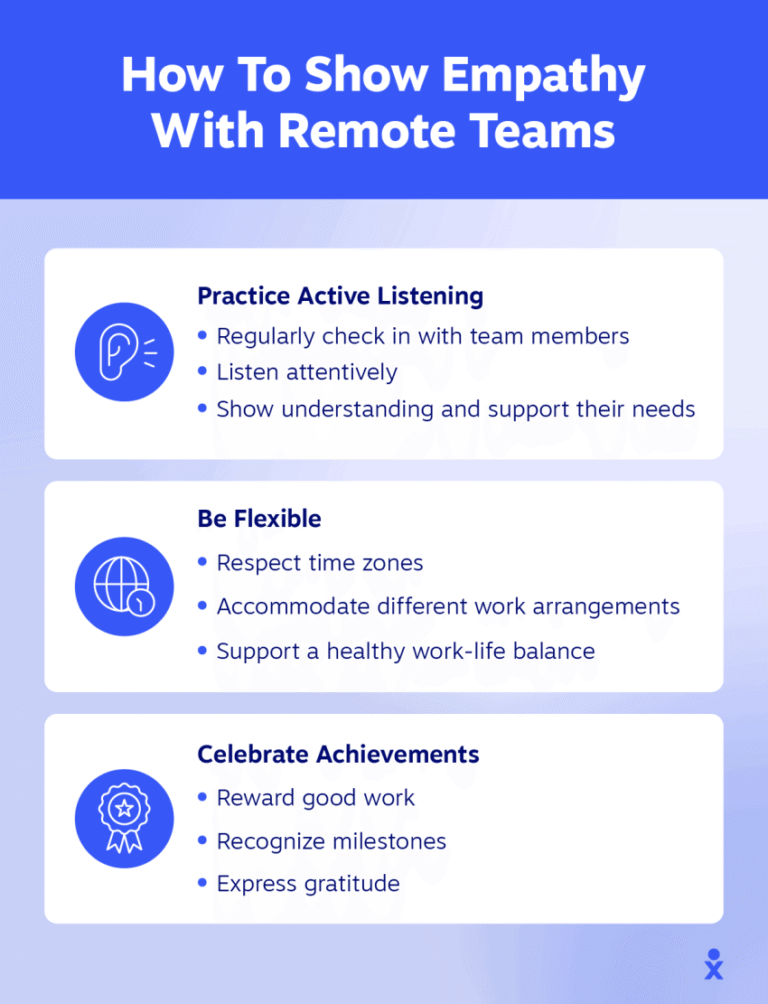How to Use Ai for Managing Remote Workflows?
Managing remote workflows can feel overwhelming. You’re juggling tasks, deadlines, and communication across different time zones.
What if there was a smarter way to handle all this without burning out or missing a beat? That’s where AI steps in. By using AI tools, you can automate routine tasks, keep your team in sync, and focus on what really matters.
Ready to discover how AI can transform your remote work and boost your productivity? Keep reading to unlock simple, practical steps you can start using today.
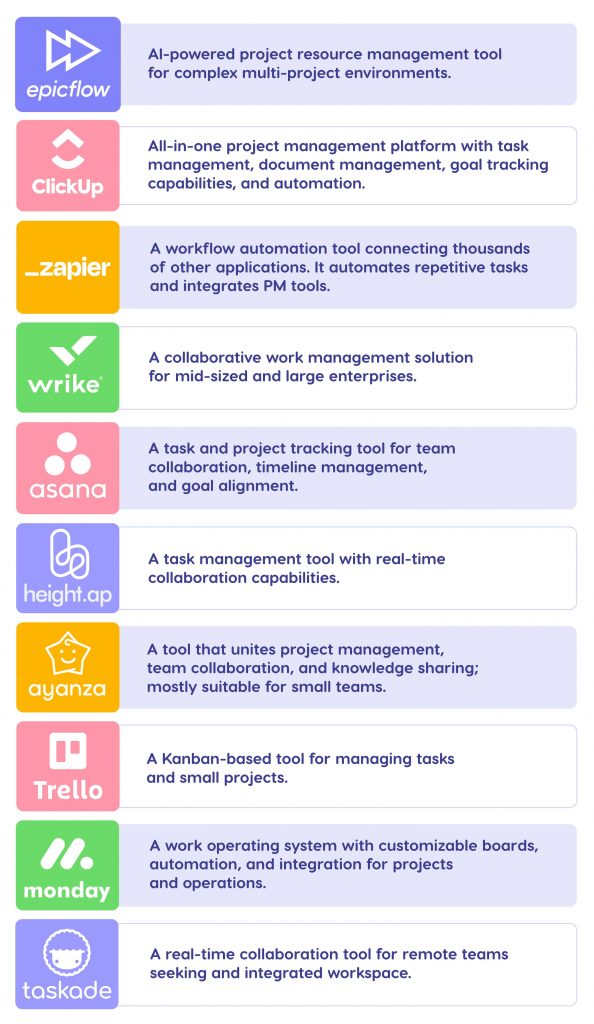
Credit: www.epicflow.com
Ai In Remote Workflow
Artificial intelligence (AI) plays a key role in managing remote workflows. It helps teams stay organized and productive across different locations. AI tools simplify task management and communication. They reduce the challenges of remote work by automating routine tasks. This leads to smoother operations and better results.
AI in remote workflows also improves decision-making. It analyzes data to offer useful insights. Teams can plan projects and allocate resources more effectively. Overall, AI supports remote teams in delivering work on time and with quality.
Benefits For Remote Teams
AI makes remote work easier and more efficient. It automates repetitive tasks, saving time for important work. AI tools help track project progress and deadlines clearly. They improve communication by summarizing meetings and messages. Remote workers get reminders and suggestions to stay on track. This reduces stress and increases focus. AI also supports better collaboration by connecting team members instantly. It helps identify bottlenecks early, so problems get fixed fast.
Common Use Cases
AI is used in many ways for remote workflows. Task automation is common, where AI handles routine jobs. Chatbots answer questions and provide support 24/7. AI tools analyze work patterns to optimize schedules. They create reports automatically, saving manual effort. Virtual assistants organize calendars and meetings efficiently. Some AI systems monitor employee productivity without being intrusive. They offer insights to improve work habits and outcomes. These use cases show how AI adds value to remote teams daily.
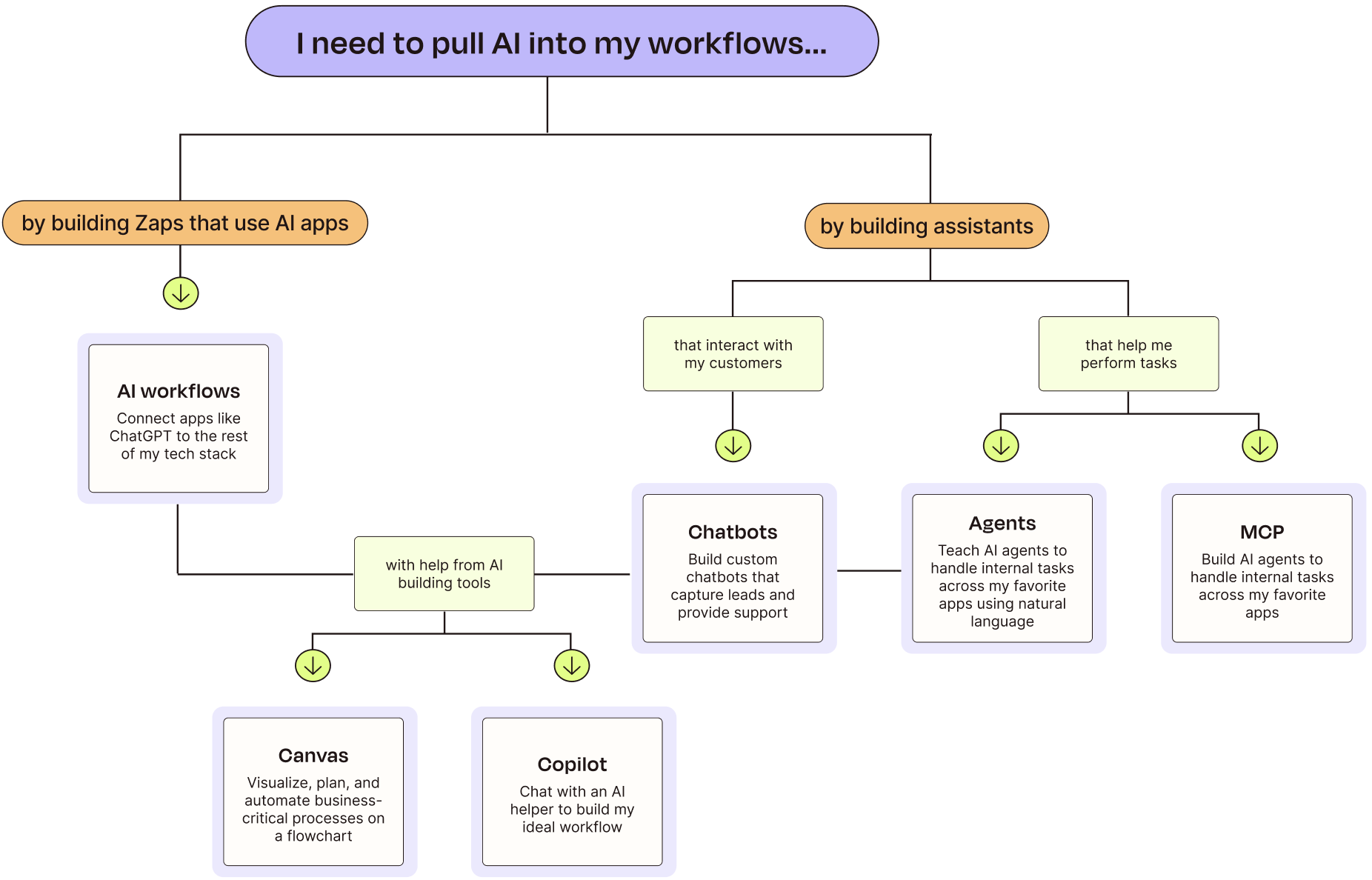
Credit: zapier.com
Choosing Ai Tools
Choosing the right AI tools is a key step in managing remote workflows effectively. The right tools save time and reduce errors. They help teams stay connected and productive across different locations. Focus on tools that match your team’s size, tasks, and goals.
Careful selection ensures smooth workflow automation and better task management. Consider the features that support collaboration and task tracking. User-friendly interfaces are important for easy adoption by all team members. Keep in mind the security and privacy of your data.
Evaluating Workflow Automation Platforms
Start by listing platforms that offer automation features. Check if they support task assignment, reminders, and progress tracking. Look for AI capabilities like smart scheduling and predictive analytics.
Test platforms with free trials to see how they fit your team’s needs. Read reviews from other remote teams to learn about real experiences. Choose platforms that provide clear dashboards and easy reporting tools.
Integration With Existing Systems
Verify if the AI tool works well with your current software. It should sync with communication apps, project management tools, and cloud storage. Seamless integration reduces manual data entry and errors.
Check API support and compatibility with popular platforms like Slack, Microsoft Teams, or Google Workspace. Integration helps keep all data in one place for better oversight. Avoid tools that require complex setups or cause workflow interruptions.
Identifying Workflows To Automate
Identifying workflows to automate is the first step in using AI for remote work management. Automation saves time and reduces errors in daily tasks. It helps teams focus on creative and strategic work. Not all workflows suit automation. Choosing the right processes ensures better results and smoother operations.
High-impact Tasks
Start by listing tasks that take a lot of time. Look for repetitive tasks that follow clear rules. These tasks often benefit most from automation. Examples include scheduling meetings, sending reminders, and managing simple approvals. Automating these frees up employees to handle more complex work. High-impact tasks create visible improvements in productivity.
Data Quality And Compliance
Data accuracy is key in remote work. AI can automate checks to ensure data is correct and consistent. Compliance tasks like verifying reports or tracking deadlines are ideal for automation. This reduces human errors and keeps projects on track. Automated compliance also helps avoid costly mistakes and maintains trust.
Implementing Ai Solutions
Implementing AI solutions in remote workflows requires careful planning and execution. The goal is to integrate AI tools that improve efficiency and reduce manual tasks without disrupting current operations. Starting with small steps helps teams adapt smoothly and understand the benefits of AI technologies.
Proper implementation also ensures AI supports collaboration among remote workers. It creates a more organized and productive environment. Next, explore key steps like pilot testing and team training to make the process successful.
Pilot Testing
Begin by selecting a small project or team for pilot testing AI tools. This approach limits risks and provides real feedback on how AI performs. It helps identify challenges and areas needing improvement.
During pilot testing, track performance closely. Check if AI automates tasks accurately and saves time. Gather input from users about ease of use and any issues.
This phase also tests integration with existing software. Confirm data flows smoothly between AI tools and current systems. Make adjustments before wider deployment.
Training And Onboarding Teams
Effective training ensures teams know how to use AI tools well. Start with clear instructions on tool functions and benefits. Use simple language and practical examples.
Provide hands-on sessions where employees practice using AI in real tasks. Support ongoing learning with tutorials and FAQs. Encourage questions to clarify doubts.
Onboarding new team members should include AI tool training from day one. This builds confidence and promotes consistent use across the team. Regular updates keep everyone informed about new features and best practices.
Optimizing Workflow Efficiency
Optimizing workflow efficiency is key to managing remote teams effectively. AI tools help streamline tasks and reduce delays. They enable smooth task tracking and improve communication across locations.
AI-driven systems organize work, making processes faster and clearer. This leads to better results without extra effort. Remote teams can focus on important tasks while AI handles routine work.
Real-time Monitoring
AI tools provide real-time updates on project progress. Managers get instant alerts about delays or issues. This helps fix problems quickly before they grow. Team members stay informed about their tasks and deadlines.
Real-time data helps keep everyone on the same page. It reduces confusion and missed steps. AI dashboards show clear visuals of workload and status. This aids decision-making and resource allocation.
Measuring Performance Metrics
AI tracks key performance indicators automatically. It measures task completion time, quality, and team productivity. This data shows which areas need improvement. It also highlights strong points to build on.
Regular metric reports guide managers in setting realistic goals. They support fair evaluations based on facts. AI removes guesswork and bias from performance reviews.
Continuous Improvement
AI analyzes workflow data to suggest improvements. It identifies repetitive tasks that can be automated. It recommends better ways to allocate resources and time.
Teams can adopt AI feedback to refine their processes. This creates a cycle of constant growth and learning. Over time, workflows become more efficient and less prone to errors.

Credit: startupnews.fyi
Boosting Collaboration With Ai
AI enhances teamwork in remote settings by making collaboration easier and more efficient. It helps teams connect smoothly and share ideas without delays. Using AI tools, remote workers can stay in sync and work better together. These tools reduce misunderstandings and speed up decision-making.
Streamlining Communication
AI organizes messages and alerts, so important information never gets lost. It can summarize long chats and emails quickly. AI-powered chatbots answer common questions instantly. This keeps everyone focused and reduces waiting times for responses. Scheduling meetings becomes easier with AI that finds the best times for all.
Preventing Burnout
AI tracks workloads and warns about overwork early. It suggests breaks and balances tasks among team members. This helps avoid stress and keeps energy levels steady. AI can remind workers to stop and rest. Healthy work habits improve productivity and job satisfaction.
Enhancing Inclusion
AI supports diverse teams by translating messages in real time. It helps non-native speakers understand conversations better. AI tools offer speech-to-text and text-to-speech features for easier sharing. These features make remote work accessible to everyone. Inclusion grows stronger with equal communication chances.
Automating Routine Tasks
Automating routine tasks with AI saves time and reduces mistakes. It helps remote teams focus on important work. AI tools manage simple but necessary tasks automatically. This makes workflows smoother and more efficient.
Using AI for automation improves productivity. It organizes tasks and keeps projects on track. Here are key ways AI handles routine tasks in remote work.
Meeting Scheduling
AI tools can schedule meetings quickly. They check everyone’s calendar and find free time slots. This avoids back-and-forth emails. AI sends invitations and reminders automatically. It frees up time for team members.
Task Prioritization
AI helps decide which tasks are most important. It analyzes deadlines, project goals, and workload. Then it suggests what to do first. This keeps the team focused on critical work. Prioritization prevents delays and confusion in remote projects.
Progress Tracking
AI tracks project progress in real time. It gathers updates from team members and tools. AI shows what is done and what is pending. This gives managers clear insights without constant check-ins. Teams stay aware and meet deadlines more easily.
Frequently Asked Questions
How To Implement Ai Into Workflow?
Start by identifying key workflows to automate. Choose AI tools that fit your needs. Train teams and pilot the integration. Monitor results and optimize continuously for best performance.
How To Use Ai To Manage Workload?
Use AI to automate repetitive tasks, prioritize work, track progress, and analyze data for smarter workload management.
What Is The Ai Tool For Creating Workflows?
AI tools for creating workflows include FlowForma, Automation Anywhere, Creatio, and Kissflow. They automate tasks and streamline processes efficiently.
What Is The Role Of Ai In Remote Work?
AI enhances remote work by automating tasks, improving communication, analyzing data, and boosting team collaboration and productivity.
Conclusion
Using AI in remote workflows helps teams work smarter and faster. It reduces mistakes and saves time on routine tasks. AI tools support clear communication and keep projects on track. Teams can focus more on important work and less on manual steps.
Start small, test tools, and train your team well. Regularly check results and make improvements. Smart use of AI makes remote work smoother and more efficient for everyone.
